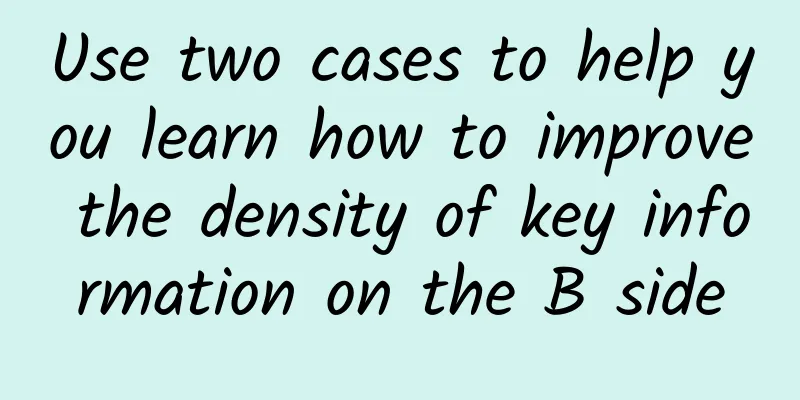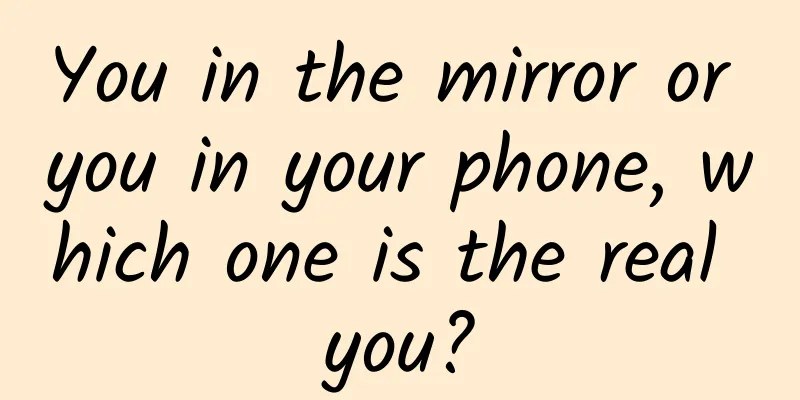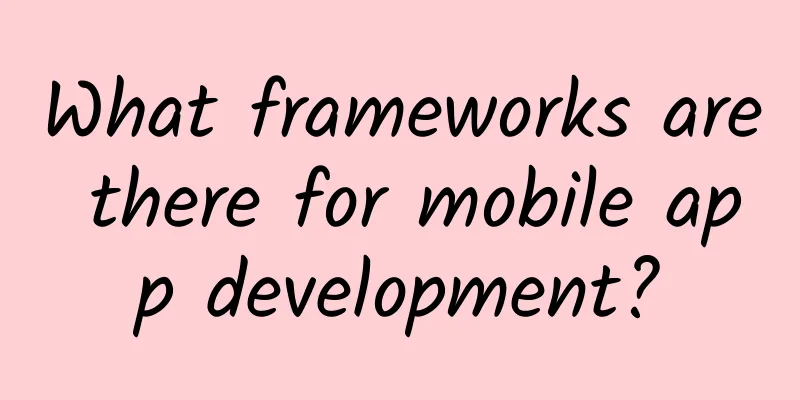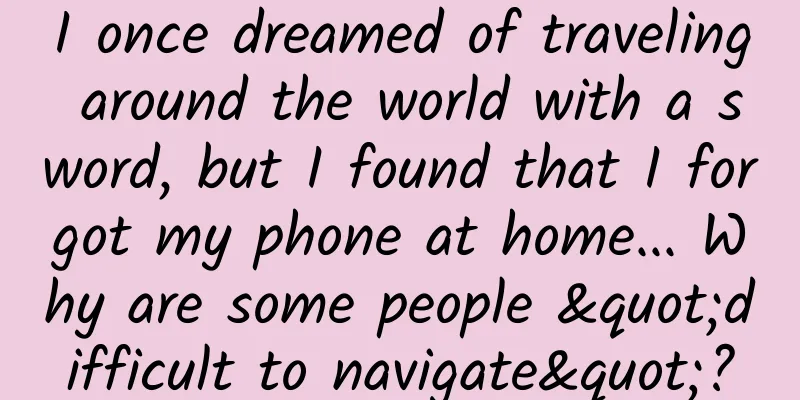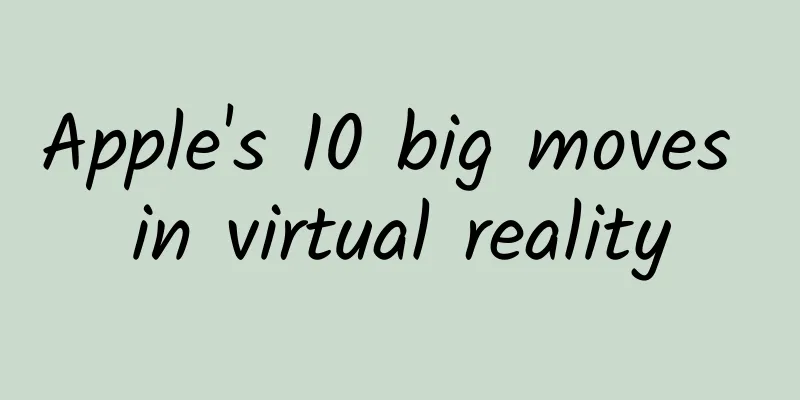Quantum teleportation: Will “transmitting objects through air” be possible?
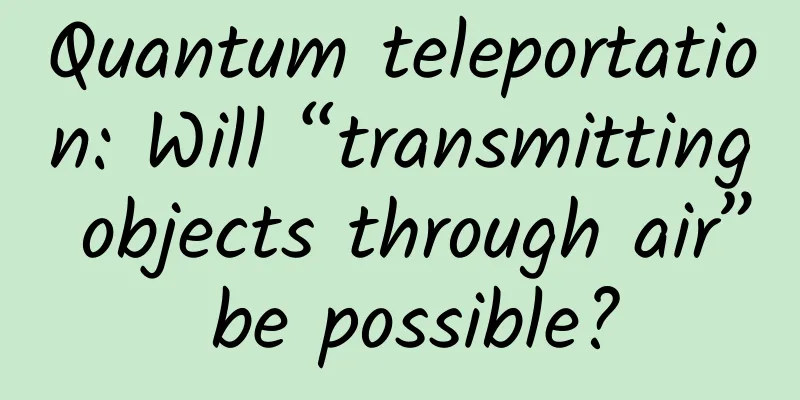
|
People often use teleportation in science fiction movies as an analogy to quantum teleportation, imagining the changes that quantum teleportation will bring to human life in the future. Quantum teleportation is simply the unknown quantum state of a particle in place A, which is restored on another particle in place B, and the quantum state of the original object has been destroyed during measurement - it does not violate the "quantum no-cloning theorem". This concept was born in 1993, when six theoretical physicists from all over the world collaborated to publish an article titled "Transmission of Unknown Quantum States through Classical and Quantum Entangled Channels", which is quantum teleportation. The following is a brief introduction to the content of this article. If the unknown quantum state X of particle C is to be transmitted from Alice to Bob, the principle of the quantum teleportation experiment currently conducted by scientists is roughly as follows. The first step is to create quantum entangled photon pairs, particle A and particle B, and send particle A and particle B to Alice and Bob respectively. In the second step, Alice performs a joint measurement on particle C and particle A called Bell state analysis. This measurement can randomly entangle particle A and particle C in 4 possible ways, corresponding to the 4 results of Bell state analysis. In the third step, due to the "ghostly action at a distance", particle B will also change when particle A is measured, presenting one of the four states related to the four results of Bell state analysis. These four states can be understood as other manifestations of quantum state X. Finally, Alice only needs to tell Bob the results of her Bell state analysis through the classical channel, and Bob can take corresponding measures to convert particle B to quantum state X. If we summarize this process in a simple sentence, Bell state analysis allows particle C to be associated with particle A in the entangled particles, thereby instantly transferring the state of particle C to another entangled particle B. In 1997, Pan Jianwei, an academician of the Chinese Academy of Sciences and the leader of the "Mozi" team, was studying in Austria, pursuing a doctorate at the University of Vienna. His teacher was the Austrian physicist Zeilinger mentioned above. Under the leadership of Zeilinger, Pan Jianwei and his team used photon polarization to experimentally realize quantum teleportation for the first time, using quantum entanglement to successfully transmit the unknown polarization of a photon to another photon without transmitting the photon itself. The experimental results intuitively showed people the magic of quantum mechanics, which caused a huge sensation at the time. Together with major scientific and technological achievements in the world such as Roentgen's discovery of X-rays, Einstein's establishment of the theory of relativity, and Watson and Crick's discovery of the double helix structure of DNA, they were selected as one of the "21 Classic Papers in Physics in the Past 100 Years" in Nature magazine. Pan Jianwei was the second author of the experimental results paper. Quantum teleportation is a basic element of quantum information processing networks and is crucial to the development of quantum communication and quantum computing. Therefore, it is also a research hotspot in the field of quantum information technology. Later, scientists also realized quantum teleportation in physical systems such as cold atoms, ion traps, superconductors, quantum dots, and diamond color centers, but they were all limited to a single degree of freedom of a single particle. In 2006, Pan Jianwei and his team first realized the transmission of polarization states of two photons; in 2015, the team realized multi-degree-of-freedom quantum teleportation, and at the same time, the team continued to expand the transmission distance of quantum teleportation; in 2017, the team used the "Mozi" quantum science experimental satellite to realize a 1,400km Earth-to-satellite quantum teleportation experiment. This series of breakthroughs has laid a solid foundation for the development of scalable quantum computing and quantum network technologies. Quantum teleportation has made great progress compared with early experiments in terms of the number of particles, number of degrees of freedom, and transmission distance. However, it is still a long way from realizing the "teleportation of objects through the air" described in science fiction novels, and scientists are still exploring towards higher goals. --Excerpt from "Star China, Our Quantum Science Satellite" |
<<: We need to sleep every day, but do you know how we wake up from sleep?
>>: Science illustration | Intelligent connected cars start a new journey of travel
Recommend
The operating secrets of Tik Tok, the international version of Douyin: Let users operate themselves!
Tik Tok, the international version of Douyin , ha...
5 user growth strategies from attracting new users to awakening them!
I will share my data operation experience in the ...
China Automobile Dealers Association: China Automobile Consumer Reputation Index in December 2021
On January 6, 2022, the China Automobile After-sa...
Tencent, NetEase, Sohu, Toutiao, the current four major news and information apps competitive analysis
At present, there are many news clients on the ma...
Understanding neuromorphic computing: from basic principles to experimental verification
The human brain has long been an inspiration to r...
Average age: 33! They spent 10 years to build a super "purifier" for China's space station
Rendering of the space station’s water recycling ...
Baidu search promotion keyword skills!
If we want to continuously improve the promotion ...
How to create a hit product from 0 to 1?
Since last year, consumption has once again becom...
Interstellar Odyssey: A Guide to the Solar System's Planets in 2024
(Image credit: Josh Dinner) How can we best see t...
Can AI cure hair loss? Chinese scientists propose new treatment for hair regrowth
Nowadays, hair loss has become a headache for con...
Toyota Motor Financial Report: Toyota's net profit in Q3 of fiscal year 2024 was 573.7 billion yen, a year-on-year decrease of 55%
Japanese automaker Toyota said on Monday its prof...
KFC vs. McDonald's, Home Inn vs. Hanting, how do these mortal enemies fight each other in close combat in the city?
In this world, there are some brand names that, a...
The tremendous power of B2B operations, from building a value chain to humanizing the carrying system!
After all fields of B2C have entered the red ocea...
6 reasons for Android memory leaks
[[179035]] 1. Memory leak caused by resource obje...
How to do marketing if the budget is not enough?
We all know that how many people can be promoted ...
